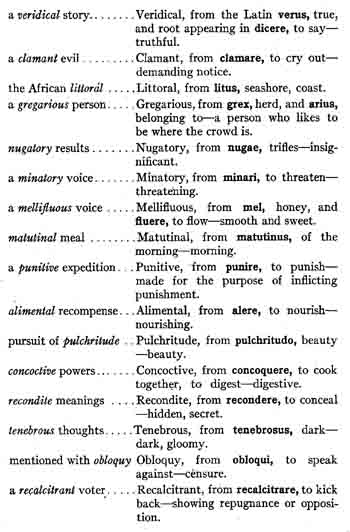

He was given his name because Coral mentioned she liked "Nemo" as a name while they were looking at their eggs. As a result of the egg damage, Nemo's right fin is smaller than the left, thus Marlin worries about him and becomes overprotective of his only son. Only Nemo's egg survived, albeit slightly cracked. Before he hatched from his egg, his mother, Coral, and the other eggs containing his brothers and sisters were killed in an attack by a barracuda. Nemo is a young clownfish who lives with his father, Marlin, in a sea anemone. Nemo is a small and slender orange clownfish with big white stripes, small black stripes, freckles, scarlet eyes, and an underdeveloped right fin. He is also very defensive and forgiving of Dory's short-term memory loss as he is unhappy with his father condemning Dory over it. He handles the mission to find Dory's parents better than his father, as he is willing to help Dory find her family. In the sequel, Nemo has a more mature and loyal personality. Nemo demonstrated remarkable leadership, as seen when he led a school of fish to direct them to swim downward to break the net that captured them.

However, after learning of his father's bravery, he became braver and hopeful, wanting to quickly meet up with and reunite with his father, which he managed to do at the end of the film. However, after being fishnapped by some scuba divers and placed in a fish tank, he felt sorry for what he did but did not believe his father would come to get him due to his paranoia and fear of danger. Although Nemo loves his father, initially, he felt suffocated and confined by his father's overprotectiveness, which led him to tell Marlin "I hate you". Nemo's relationship with his father, Marlin is what defines the film. Nemo can also be very brave, as shown when he was willing to risk his life to jam the filter after hearing about all his father had done to come and save him and when he willingly entered a net that captured a school of fish to lead them to freedom.

Adventuring and exploring are some of his likes.

His father, Marlin's, overprotectiveness leads to him being frustrated most of the time, which leads him into being captured by scuba divers. He is also quite friendly towards anyone he meets. He is very eager to go to school at the beginning of the movie, but lazy at the end. All items accessed through EEBO.Nemo is a very energetic young clownfish. Written at the Request of Some Body ( 1679), declares that it was “Printed by Some Body, for Any Body.” In November 1681, a new periodical satirized Roger L'Estrange's royalist Observator the first two issues were titled A New Dialogue Between Some Body and Nobody or, The Observator Observed, and numbers 3–5 were called A New Dialogue Between Somebody and Nobody or, The Observator and Heraclitus Observed. Published at the Importunity of No Body (London, 1679) states on its title page that it was “Printed for Some-Body” an ostensible response, Some Bodyes Answer to a Letter sent from No Body in the City, to No Body in the Country. A Letter from No Body in the City, to No Body in the Countrey. Offstage, the figures were staples of visual culture as Terry Robinson has shown, audience awareness of these figures from Romantic-era political cartoons formed an important backdrop for Mary Robinson's theatrical afterpiece Nobody (1794).ģ6 The title page of George Baron, No-Body his Complaint A Dialogue between Master No Body, and Doctour Some-Body (London, 1652) features a woodcut engraving of the two title characters, pictured with cartoonish proportions evocative of those from the 1606 play's frontispiece and back matter. The duo appeared in George Alexander Stevens's wildly popular Lecture on Heads (1764), which traveled across the Atlantic to stages in Charleston, Philadelphia, and New York, continuing to be performed in the early Republic until the nineteenth century. Some of the pieces spoken by Nobody and Somebody were popular enough to make their way into print, excerpted in novels and miscellanies. Men and women alike took on these personae to deliver songs, prologues, and epilogues, often as part of benefit performances where they chose their most crowd-pleasing roles to maximize ticket sales. Playbills and newspaper advertisements show that these roles were popular with audiences in London, Dublin, and Edinburgh, as well as on the regional stages. Stock characters named “Nobody” and “Somebody” were mainstays of British performance culture in the mid- to late eighteenth century.


 0 kommentar(er)
0 kommentar(er)
